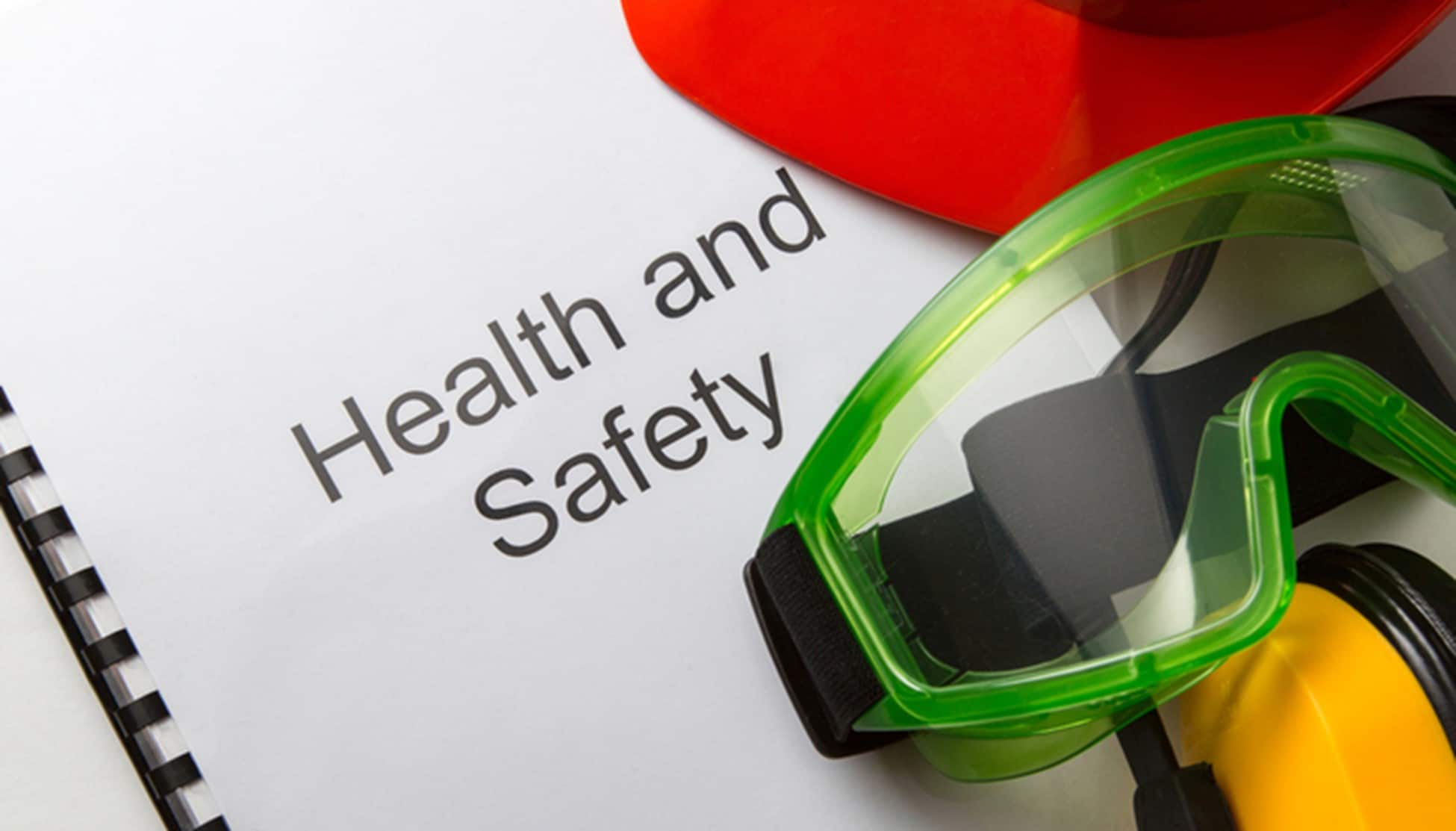
A worldwide pandemic has been declared, and millions of people are unsure of what to expect in the coming days. A mixture of fear and uncertainty has swept through many countries as the virus shows little to no signs of slowing down.
The United States has been hit hard by the new COVID-19 pandemic, with the disease spreading at alarming rates. In a matter of days, the number of sick people grew exponentially, filling healthcare facilities with people exhibiting symptoms and waiting to be tested. With a highly contagious virus being reported everywhere, a lot of people are worried about getting ill and even spreading the virus to other people that are more susceptible to more severe symptoms of the virus. With thousands of new cases being reported on a daily basis, many employers and employees are worried about occupational exposure and maintaining health and safety during these vulnerable, unpredictable times.
In this article, we are going to look at occupational health measures, infection control procedures, and how to minimize the spread of infections among your employees.
Overview of COVID-19
Coronavirus disease 2019 (COVID-19) is an illness many refer to as the coronavirus. There are numerous viruses in the coronavirus family. COVID-19 is caused by a novel coronavirus now known as severe acute respiratory syndrome coronavirus 2 (SARS-CoV-2). The virus was first identified in an outbreak in Wuhan City, China, in December of 2019. The virus was officially declared a global health emergency on January 30, 2020. On March 11, 2020, the disease was declared a global pandemic.
The virus spreads by contact with infected droplets generated when an infected person sneezes or coughs. This means that the can spread directly from person to person, or by making contact with an infected surface and then touching your mouth, nose, or eyes.
The virus is extremely contagious and can manifest in a number of ways. The good news is that the majority of people that contract the virus will only experience mild symptoms. This includes a fever, cough, tiredness. However, the virus can manifest severe symptoms in older people and people with chronic illnesses. Severe symptoms of the virus include respiratory illnesses, and the worst-case scenario of pneumonia, acute respiratory distress syndrome (ARDS), or septic shock.
Important Steps Businesses Can Take to Ensure Occupational Safety and Health
Workplace safety lies in the hands of employers and professionals in charge of establishing safety protocols and policies. After all, employees spend the majority of their day in the workplace and to come into contact with a lot of coworkers, customers, and patients. This makes the workplace an important place to protect. Businesses must do everything they can to slow down or prevent the spread of COVID-19 in their establishment. The main control and prevention goals of a business can be divided into:
- Mitigating Transmission Among Employees
- Establishing and Maintaining a Healthy Work Environment
Mitigating Transmission Among Employees
These are some of the steps businesses need to follow to prevent infectious disease transmission:
Encourage Sick Employees to Stay At Home
Protect your workplace by telling employees that exhibit symptoms of the COVID-19 (cough, shortness of breath, fever) to notify supervisors and stay at home. While not all coughs or fevers are a guarantee of COVID-19, it is best to stay home as a precautionary measure. The majority of people with only mild symptoms will recover from most viruses, including COVID-19. However, there is a period during which they can still infect others or contaminate surfaces that may cause the spread of disease. While in-home isolation, keep track of symptoms. If their condition starts to get worse (persistent pain or pressure in the chest, difficulty breathing), contact emergency services, and inform the proper authorities that they suspect they have COVID-19.
Employees who are well but have a sick family member at home should let their supervisors know. While you might not exhibit any disease symptoms, you might still be a carrier of the virus. Discuss the situation with your supervisor and see what precautionary measures they recommend.
Identify Potential Sources of the Virus
Reducing the spread of the virus starts with recognizing direct contact and indirect contact risks. Take the time to screen your work environment and identify possible carriers of the virus.
Determine how exposed your business is to the general public or COVID-19 patients. If your work environment is at a high risk of infectious disease spreading, you will need stricter disease control measures and use personal protective equipment.
In addition to locating potential methods of transmission, consider employees that are at higher risk. Be aware that individuals over 65 and those of any age with serious health conditions might be at higher risk of developing serious symptoms. Try to minimize their exposure to potential threats and give them positions that allow them to keep their distance from people.
Separate Sick Employees
Employees who display symptoms of the virus when they arrive at work, or who begin to show symptoms during the day should be separated from other employees, customers, and visitors as soon as possible. These employees should be sent home for home isolation. If a particular employee is confirmed to have the COVID-19 disease, employers should inform all other employees of potential exposure to the virus.
Educate Employees on Preventive Measures
While there are a lot of things that a business can do to prevent the transmission of infectious disease, employees can also protect themselves both inside and outside the workplace. One of the first and most important preventive measures is proper hand hygiene practices. Frequent handwashing with soap and water for at least 20 seconds will help to destroy the virus on the surface of your hands. If water and soap are not available, use hand sanitizer with at least 60% alcohol. In addition to washing your hands, make a conscious effort to minimize touching your face. The virus can infiltrate the body through contact with the hands, eyes, or nose.
Apart from hand hygiene, it is important to educate employees on proper respiratory hygiene. This involves properly covering the nose and mouth when sneezing or coughing with a tissue, the inside of your elbow, or a mask.
Just as important as proper hand and respiratory hygiene is the concept of social distancing. This involves avoiding large gatherings and maintaining your distance from others whenever possible. Similar to social distancing, employees should be aware of the potential dangers of sharing equipment and workspaces.
Establishing and Maintaining a Healthy Work Environment
Taking care of the work environment will prevent the spread of the virus in the workplace. These are some of the best things you can do to maintain a healthy work environment.
Support Respiratory Etiquette and Hand Hygiene on the Premises
Educating employees on important preventive measures is the first step in preventing the spread of the virus. The second step is supporting the practice by introducing the right systems and supplies into the workplace. This includes:
- Tissues and non-touch receptacles
- Soap and water in the workplace
- Hand sanitizers with at least 60% alcohol (equally spread out throughout the workplace)
- Posters that spread information about the virus and its prevention
- Discourage physical contact between people
Routine Cleaning and Disinfection of the Workplace
Make sure that frequently handled surfaces in the workplace are routinely cleaned and disinfected. This can include things such as door handles, telephones, handrails, buttons, .etc. When it comes to disinfecting surfaces, make sure you use EPA- registered disinfectants that are effective in fighting COVID-19. When using these products, make sure you follow the manufacturers’ instructions for the best results.
Look Into Engineering Control Measures and Improve Building Ventilation Systems
Having a steady supply of clean air is vital for preventing the spread of COVID-19. This is especially true for smaller businesses. Improving ventilation can include increasing ventilation rates or increasing the percentage of outdoor air that circulates into the system.
Traveling for Work
While it is recommended that all non-essential travel is postponed, there are cases where it is unavoidable. In such cases, it is important to abide by the CDC’s Traveler’s Health Notice. Employees that are traveling need to check themselves for symptoms of COVID-19 before setting off on their journey. If they have any symptoms, they must notify their supervisor and stay home if sick.
Special Care During Meetings and Gatherings
Organizing meetings during the pandemic is not recommended. This is why businesses should consider using videoconferencing or teleconferencing whenever possible for work-related discussions. If a meeting cannot be held through these means, then it is best to cancel, adjust, or postpone it. If that is not an option, then consider holding the meeting in open and well-ventilated areas.
When it comes to pandemics like COVID-19, it is important to have the right mindset to effectively tackle the problem. We should be concerned enough to take it seriously, but not panic. Your goal as a business should be to ensure the safety of your employees and also do your best to flatten the curve. If you need assistance in setting up the proper safety measures for your business during the pandemic, reach out to Safety4Employers. We will be glad to help you secure your employees and yourselves during this difficult time.








